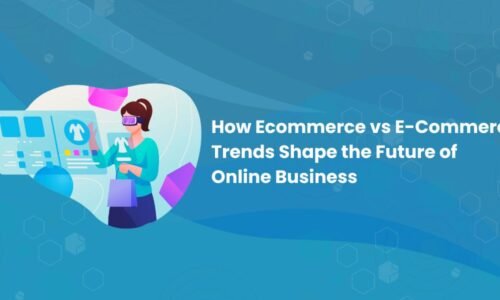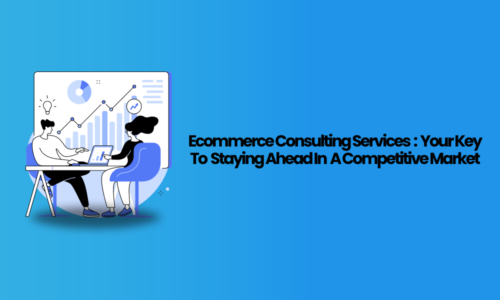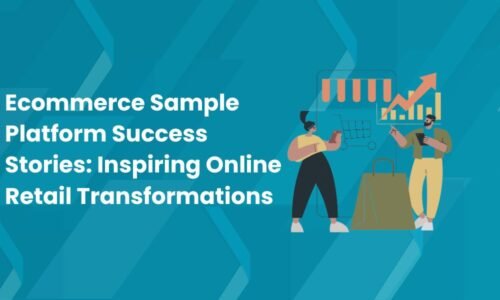With the proliferation of online stores and commerce as a whole, online retailers need several platforms for selling their products. Multichannel ecommerce is something which companies should use because it enhances sales opportunities by reaching the client wherever he or she is. Below is a step-by-step guide of the core elements of this blog, along with the key factors and tools with which you as a user will be able to ignite your online sales within the multichannel ecommerce environment. Also, as part of this article, you will be able to discover how to start your ecommerce journey with a free ecommerce website UK.
What is Multichannel Ecommerce Marketing?
Multichannel ecommerce marketing means promoting your products to and selling them through your own web-store, available in social networks, through market platforms and in the physical shops. This not only generally extends your customer reach but also improves the circulation of your brand and chances of sale in the process.
Benefits of Multichannel Ecommerce Marketing
- Increased Reach: Being active on different types of platforms, people will be able to find your marketing and become a client from different segments.
- Enhanced Customer Experience: The usual way to think about customers is that they should be given multiple points of contact with the company so that they can suitably interact with the brand.
- Higher Sales Potential: Expanding your sales portfolio opens up an opportunity in sales and other revenue generation points.
- Improved Data Insights: Relating with data in different channels is as well very vital as helps you to decide about customer behaviour and thus you can plan your marketing strategies.
Step-by-Step Blueprint for Multichannel Ecommerce Success
Step 1: Build Your Online Presence
Any multi channel strategy’s starting point, therefore, is ensuring an efficient online presence. First, here are the ways to begin: Construct an excellent looking and easy to navigate ecommerce site. For beginners, we have Jeweller which is another gem that helps users obtain a free ecommerce website in the UK and a complete e-commerce solution for merchants called Grozeo.
Step 2: Search Engine Optimization SEO Strategies To Enhance Web Page Ranking
Provide an overview of SEO and how it is beneficial in the way it helps in generating traffic to the website. Make sure your website can be found for these keywords (italicised as “free ecommerce website UK) for people who are searching for ecommerce solutions. Also known as on-site SEO factors that include changes to meta title, description, header tags, and keywords embedded in the content.
Step 3: Social media plays a critical role in the lives of users, and businesses should tap into it to increase their productivity.
The use of social media is another vital aspect that is embraced by most businesses especially those in the ecommerce industry. Create accounts in general social networks such as facebook, twitter, instagram as well as Pinter est. You can use these social media platforms to market your products, communicate with your viewers, and lead your audience to visit your official site. Advertise on social media to increase the chance of reaching your audience and exploding your visibility.
Step 4: Utilise Marketplaces
Whether you sell via Amazon or eBay, or introduce new platforms like Etsy, it greatly contributes to its sales. These shopping platforms have a vast customer base, together with several features that enable one to manage the listings that you intend to sell, monitor sales, and interact with the shipping procedures. Make sure your product displays generally of high quality and clear images, extended descriptions, and metres filled with keywords.
Step 5: Implement Email Marketing
Email marketing is a cost-effective way to nurture customer relationships and drive repeat sales. Build an email list by offering incentives like discounts or exclusive content. Send regular newsletters featuring product updates, promotions, and personalised recommendations. Use email automation to send abandoned cart reminders and post-purchase follow-ups.
Step 6: Invest in Paid Advertising
Paid advertising, including Google Ads and social media ads, can provide immediate visibility and drive targeted traffic to your website. Experiment with different ad formats, such as search ads, display ads, and retargeting ads, to find what works best for your business. Monitor your campaigns regularly and adjust your strategies based on performance data.
Step 7: Offer Excellent Customer Service
Providing exceptional customer service is essential for building trust and loyalty. Offer multiple support channels, including live chat, email, and phone support. Respond promptly to customer inquiries and resolve issues efficiently. Encourage satisfied customers to leave positive reviews and testimonials.
Step 8: Analyse and Optimise
Regularly analyse your sales data and marketing performance across all channels. Use tools like Google Analytics, social media insights, and marketplace dashboards to track key metrics. Identify trends and areas for improvement, and adjust your strategies accordingly. Continuous optimization is key to staying competitive in the ecommerce landscape.




